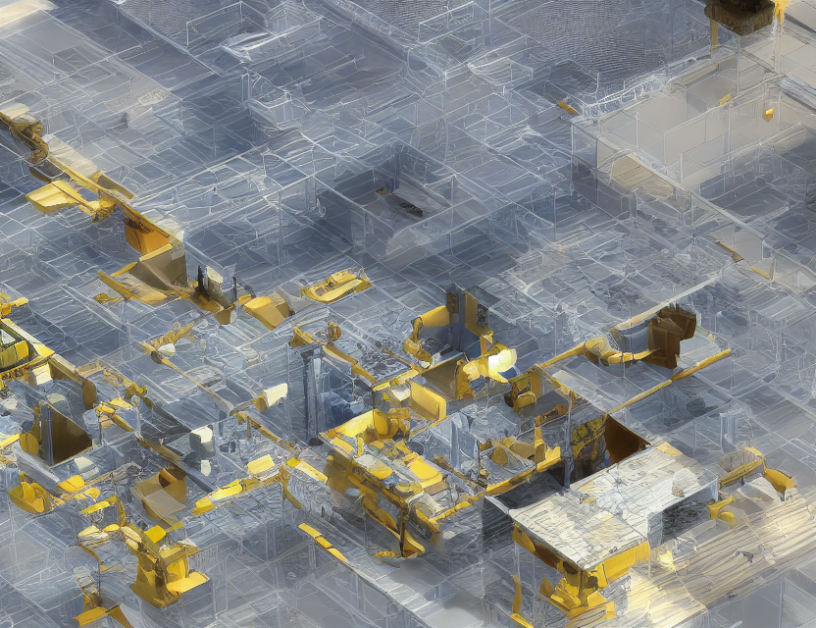In this article, we discuss the importance of balancing and fusing information from different modalities and layers in a deep neural network for improved classification performance. The network, called PRFFN (Polarization-based Feature Fusion Network), leverages the strengths of diverse sources by combining polarization features with image features in each layer. The network uses a multi-layer perceptron (MLP) classifier to fuse the information from these different modalities.
The authors explain that when using only polarization features, the classifier can achieve good performance on certain datasets, but may struggle with others. Similarly, when using only image features, the classifier may perform well on some tasks but not on others. By combining these two types of features in each layer, the network can learn more robust and accurate representations of the input data, leading to improved classification performance.
The article provides a detailed explanation of how PRFFN works, including the definition of the expression for each layer in the latent space. The authors also demonstrate the effectiveness of PRFFN on several benchmark datasets.
In summary, PRFFN is a deep neural network that combines information from different modalities and layers to improve classification performance. By leveraging the strengths of diverse sources, PRFFN can learn more robust and accurate representations of input data, leading to improved performance in various tasks.
Electrical Engineering and Systems Science, Image and Video Processing
Preprocessing of Papers for IEEE Transactions and Journals: A Comparative Study of Different Fusion Methods



